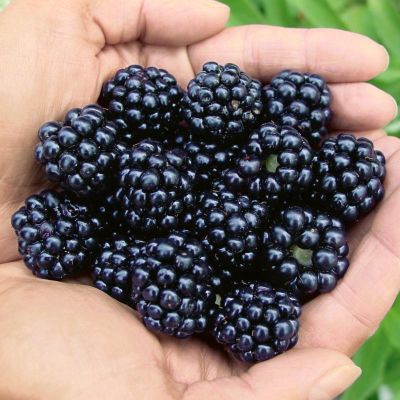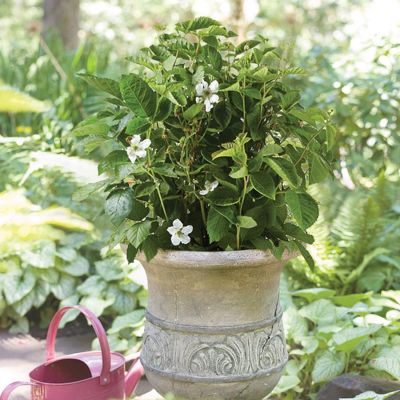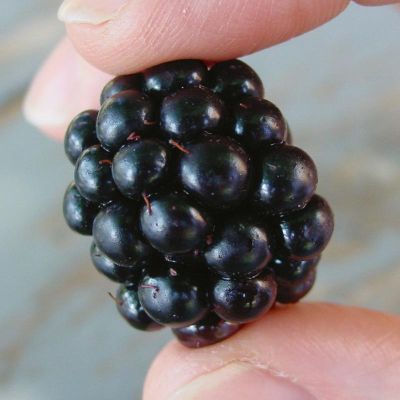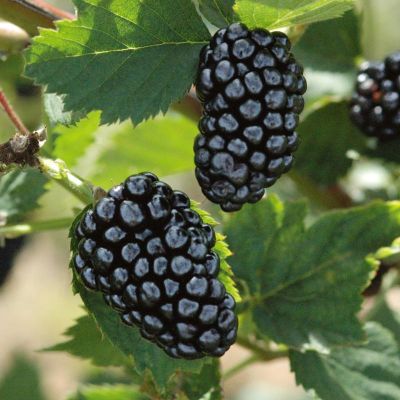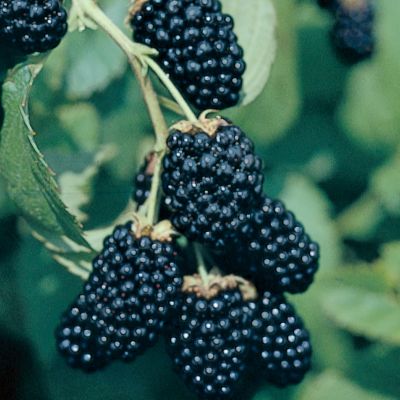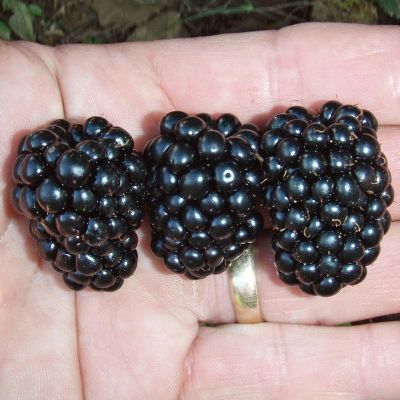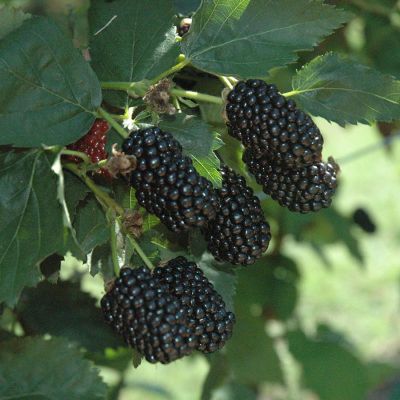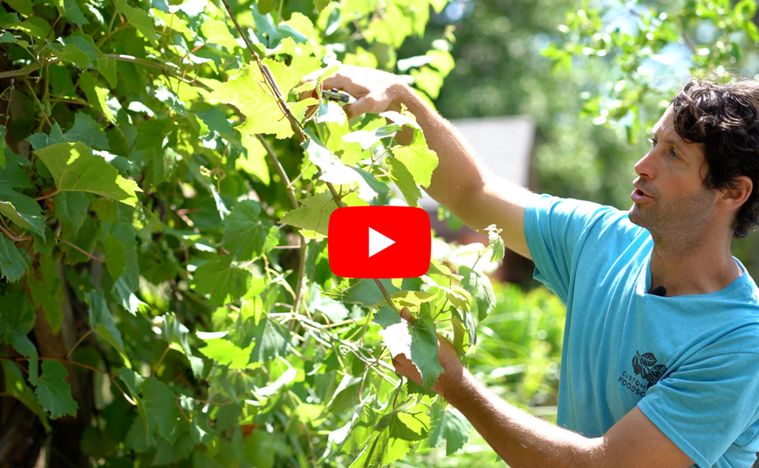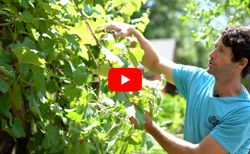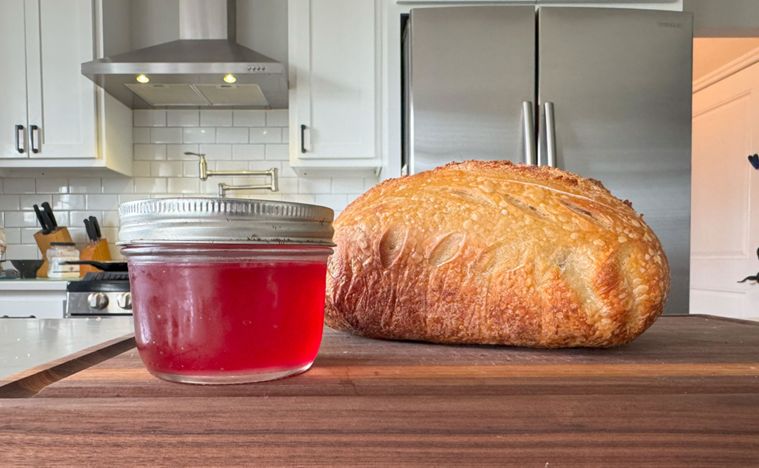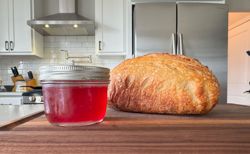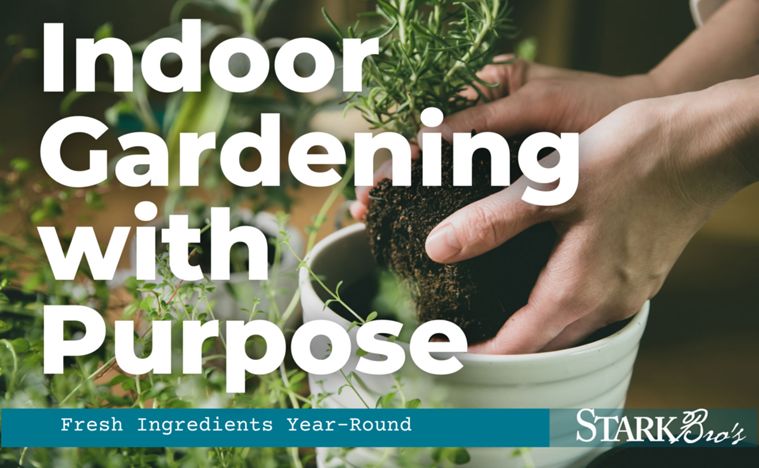Summer Black Berry Pruning
Summer Pruning Blackberries: A Guide to Healthier and More Productive Plants
Why Prune Blackberries in the Summer?
1. Increase Airflow and Sunlight: Pruning helps improve air circulation and sunlight penetration within the plant canopy, reducing the risk of fungal diseases such as powdery mildew and botrytis.
2. Encourage Fruit Production: Removing old, non-productive canes directs the plant's energy towards the growth of new canes and fruit production.
3. Manage Plant Size: Summer pruning helps keep blackberry plants within manageable bounds, preventing them from becoming overly tangled and sprawling.
4. Improve Fruit Quality: Well-pruned plants produce larger, more flavorful berries as the nutrients are more effectively directed to fewer, more productive canes.
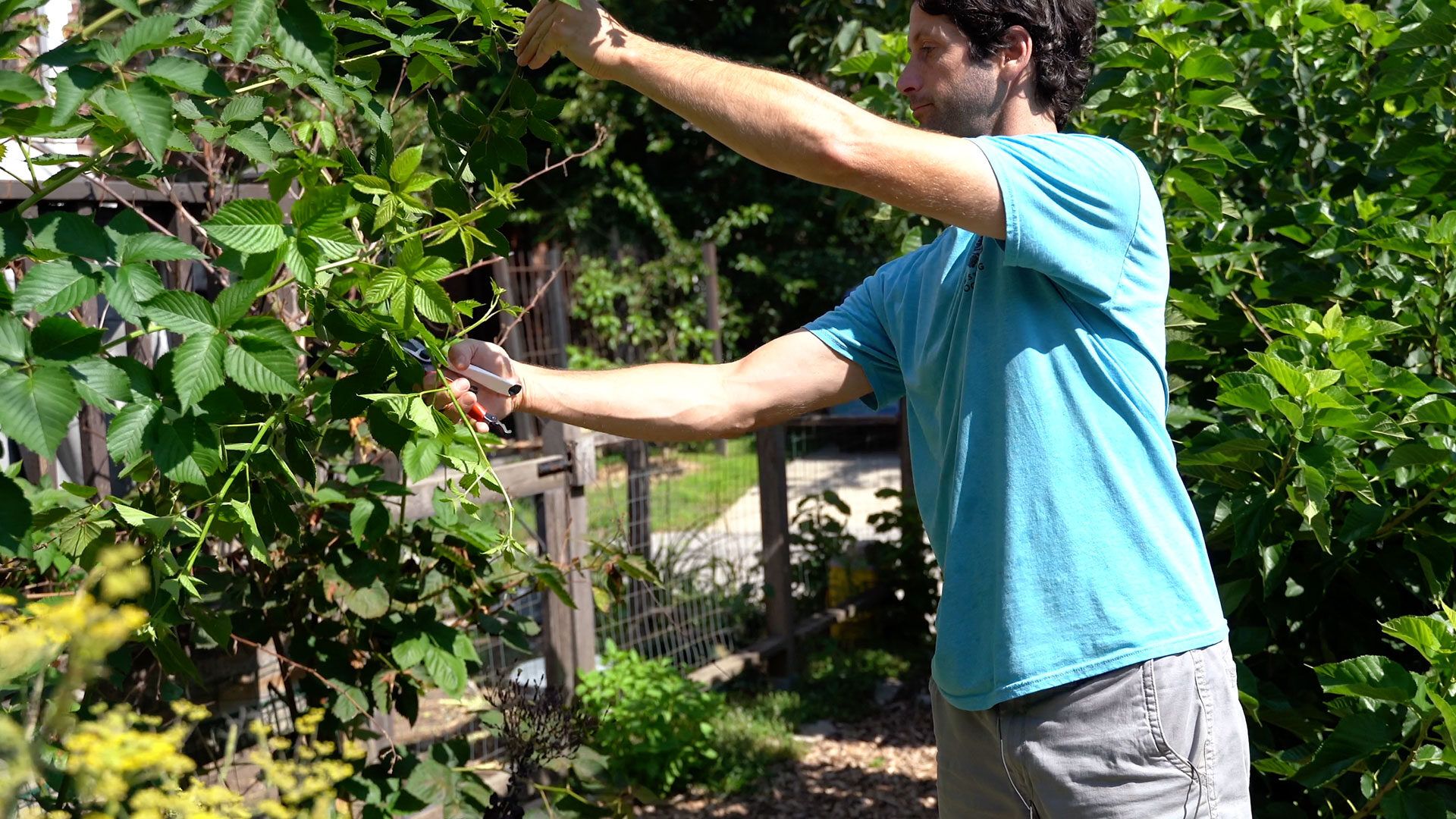
When to Prune Blackberries in the Summer
- Timing: Summer pruning is typically done after the first round of fruiting, usually in late June to early July, depending on your climate and the specific variety of blackberries.
- Post-Harvest: For floricane-bearing blackberries (those that fruit on second-year canes), prune immediately after harvesting the fruit. For primocane-bearing varieties (those that fruit on first-year canes), summer pruning can be done as needed throughout the growing season.
How to Prune Blackberries in the Summer
1. Tools Needed: Use sharp, clean pruning shears or loppers to make clean cuts and avoid damaging the plant.
2. Removing Spent Canes:
- Identify Floricanes: Floricanes are the canes that have produced fruit this year. They will appear woody and may have a faded or brownish color.
- Cutting Back: Cut these spent canes back to the ground level. Removing these canes prevents disease and pest buildup and opens up space for new growth.
3. Thinning Primocanes:
- Identify Primocanes: Primocanes are the new, green canes that will produce fruit next year.
- Select the Strongest Canes: Thin out the weaker or overcrowded primocanes, leaving only the strongest and healthiest canes. Aim to keep about 5-7 canes per plant, depending on the vigor of the variety and the spacing of your plants.
- Tip Pruning: For some blackberry varieties, you can tip prune the primocanes by cutting the top few inches off to encourage lateral branching. This can lead to more fruiting sites the following year.

4. Remove Suckers and Excess Growth:
- Suckers: Remove any unwanted suckers (shoots growing from the roots) that are not within the designated row or area. This helps keep the blackberry patch contained and manageable.
- Excess Growth: Cut back any canes that are growing excessively or sprawling out of bounds.
5. Cleaning Up:
- Dispose of Prunings: Remove and dispose of all pruned material from the area to reduce the risk of disease and pests.
- Monitor for Pests and Diseases: Regularly check the plants for any signs of pests or diseases and take appropriate action if needed.
Additional Tips for Summer Pruning Blackberries
- Sanitize Tools: Clean and disinfect pruning tools between cuts, especially if you are working with plants that show signs of disease.
- Protect Yourself: Wear gloves and long sleeves to protect yourself from thorns while pruning.
- Follow Up: Continue to monitor the plants throughout the growing season and remove any damaged or diseased canes as soon as you notice them.
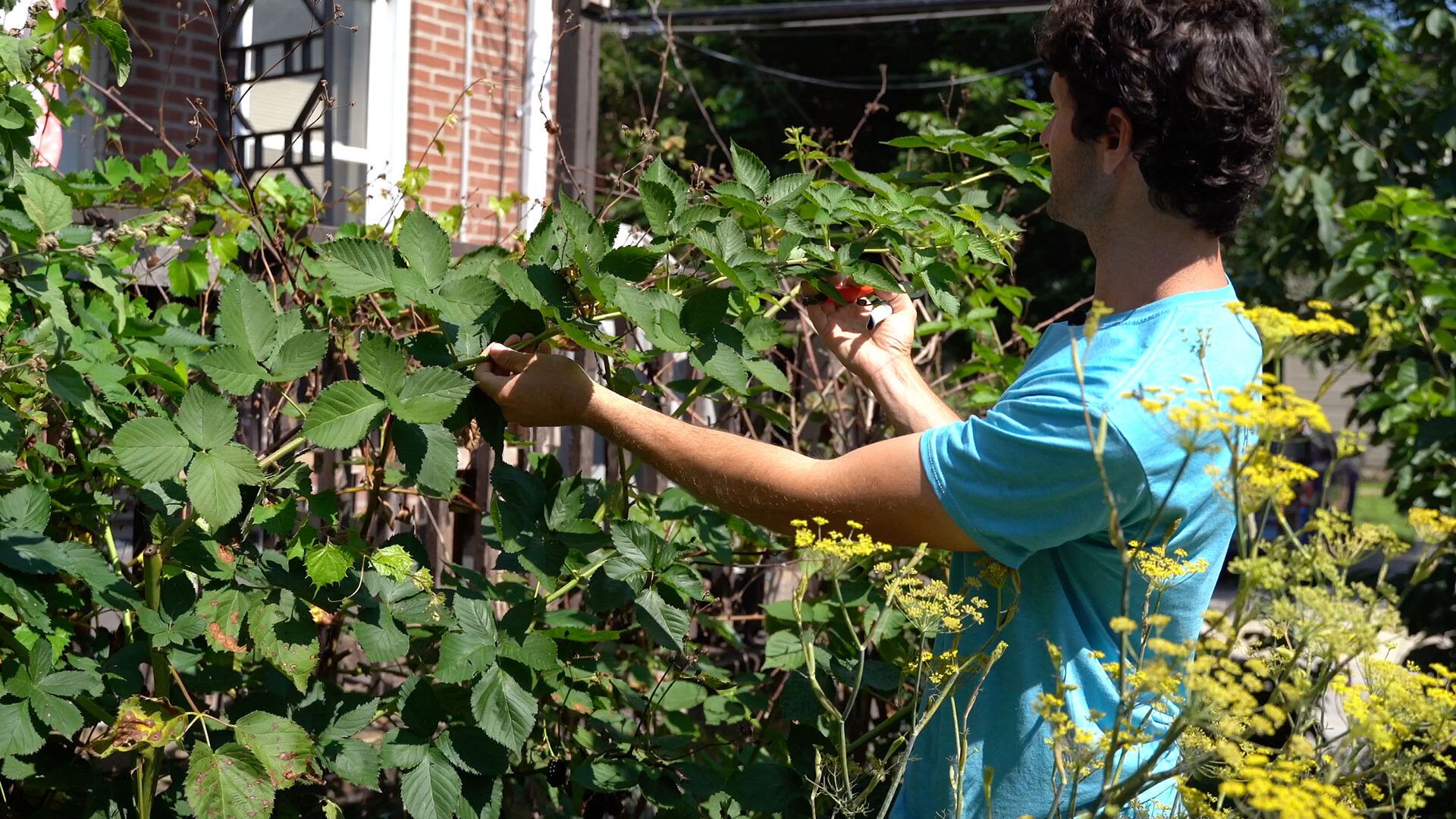
Summer pruning is a vital practice for maintaining healthy and productive blackberry plants. By removing spent canes, thinning out new growth, and managing plant size, you can improve air circulation, sunlight penetration, and overall fruit quality. Proper summer pruning ensures that your blackberry plants remain vigorous and productive, providing you with bountiful harvests year after year.

